Tracing shrapnel at the GPO
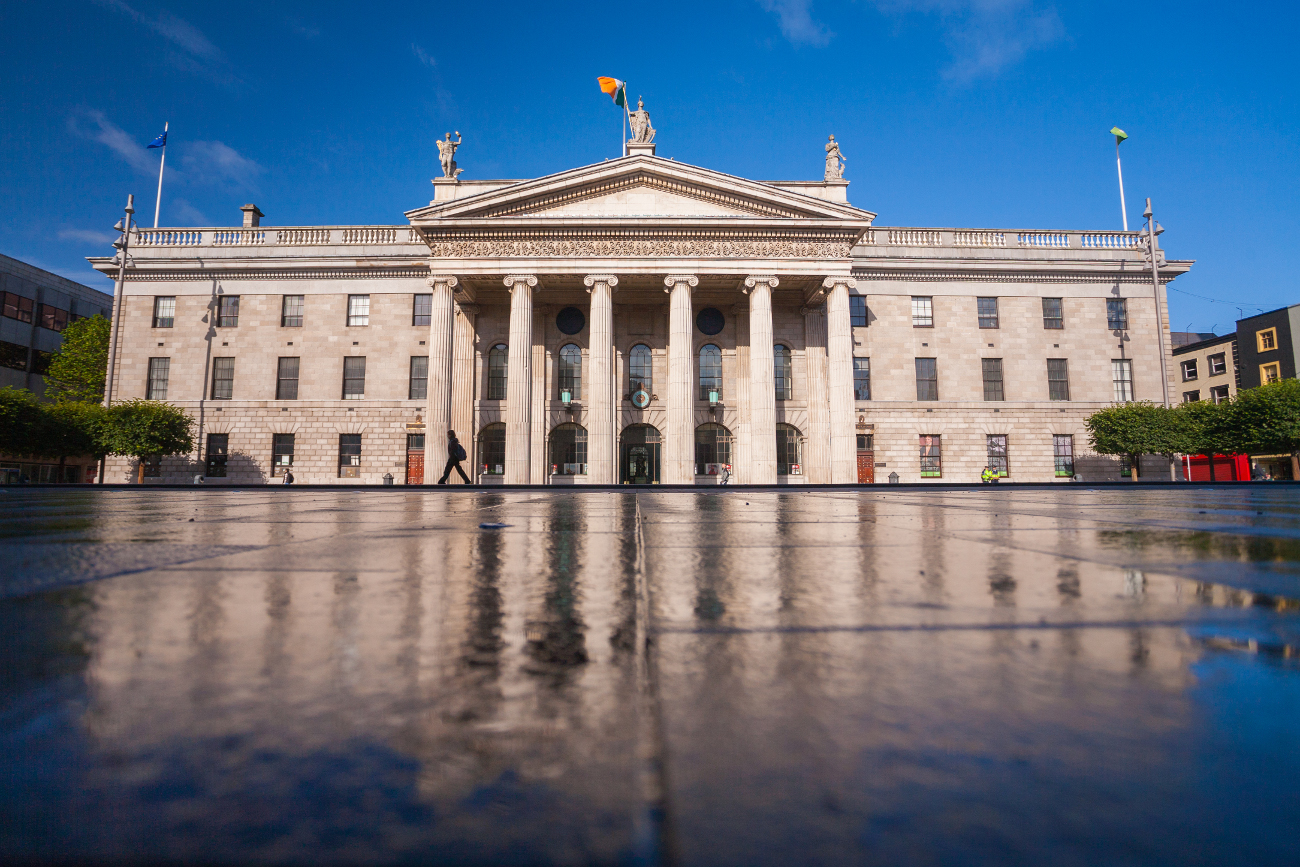
An informative stroll of discovery might begin at the General Post Office (GPO), on the main thoroughfare, O’Connell Street. It's hard to resist the temptation to trace a finger across the shrapnel holes that still pockmark its impressive facade. This unlikely site has been a focal point of countless commemorations since it was chosen as the headquarters for the 1916 Easter Rising, regarded as the beginning of the end for British rule in Ireland.
Kilmainham Gaol
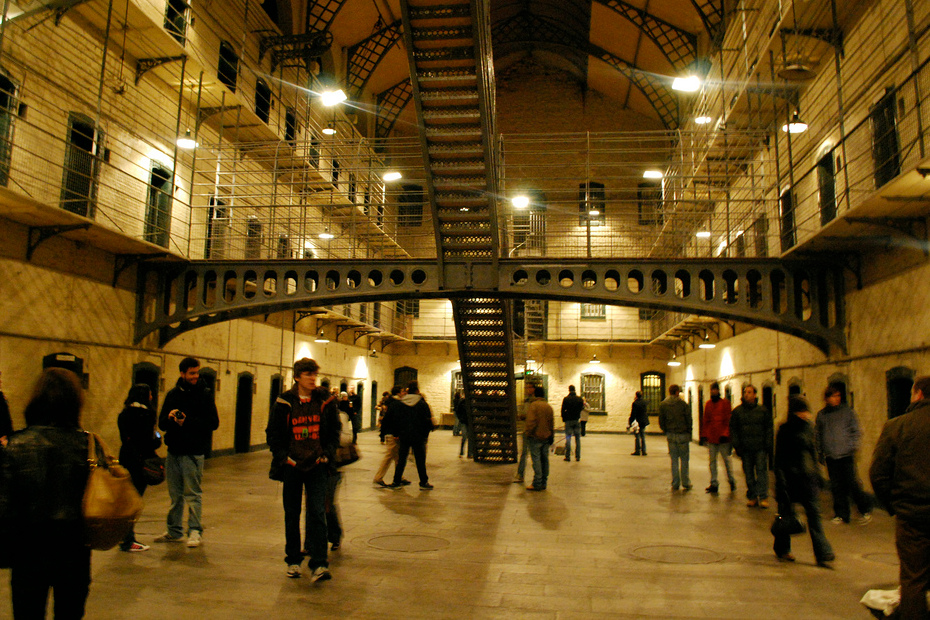
You can follow in the final footsteps of many of the rebellion’s leaders with a trip to Kilmainham Gaol, where they were executed for their temerity. The disused prison, which you might recognise if you happen to be a movie buff – the original Italian Job and The Wind that Shakes the Barley filmed here – has been a microcosm of the darker side of Ireland’s history since it was built in 1796.
Glasnevin Cemetery & the Gravediggers
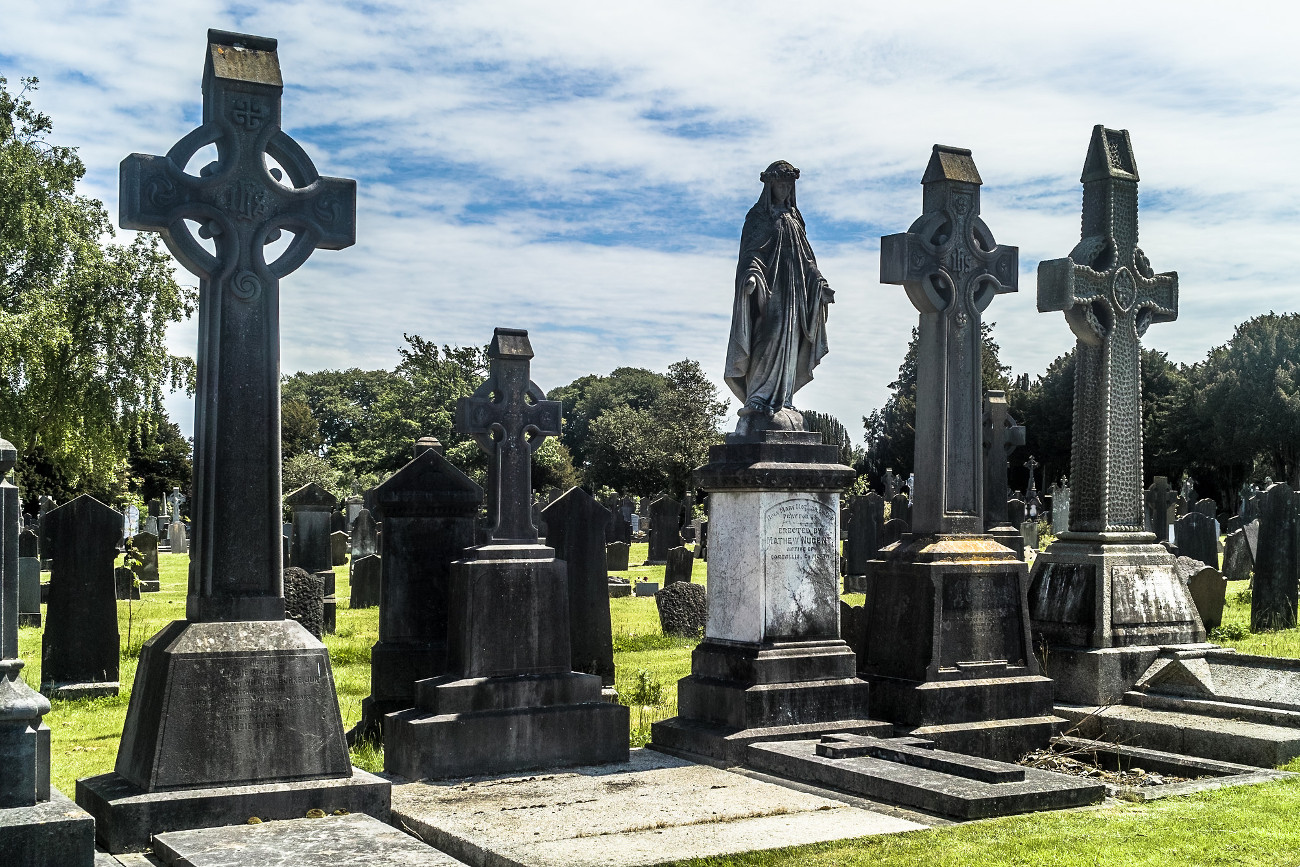
The remains of two of the Easter Rising's key figures, Éamon de Valera and Sir Roger Casement, can be found in Glasnevin Cemetery, the final resting place for more than 1.5 million people including most other Irish VIPs of the last few hundred years. In Dublin, it is often difficult to know where the past ends and the present begins. Witness the grave of Michael Collins, the handsome revolutionary leader who was killed in 1922, but whose tomb is often covered with flowers, St Valentine’s Day cards and love letters from smitten admirers. The cemetery sits in the northern suburbs, but that doesn't stop local wits describing it as 'the dead centre of Dublin'.
After a stroll around the many elegant headstones and a visit to the excellent museum, venture into John Kavanagh’s bar, also known as ‘the Gravediggers’. The secret hatch where the cemetery’s labourers once queued for refreshments to ease a hard day’s work is now sealed but an otherworldly feel remains.
Croke Park & Bloody Sunday
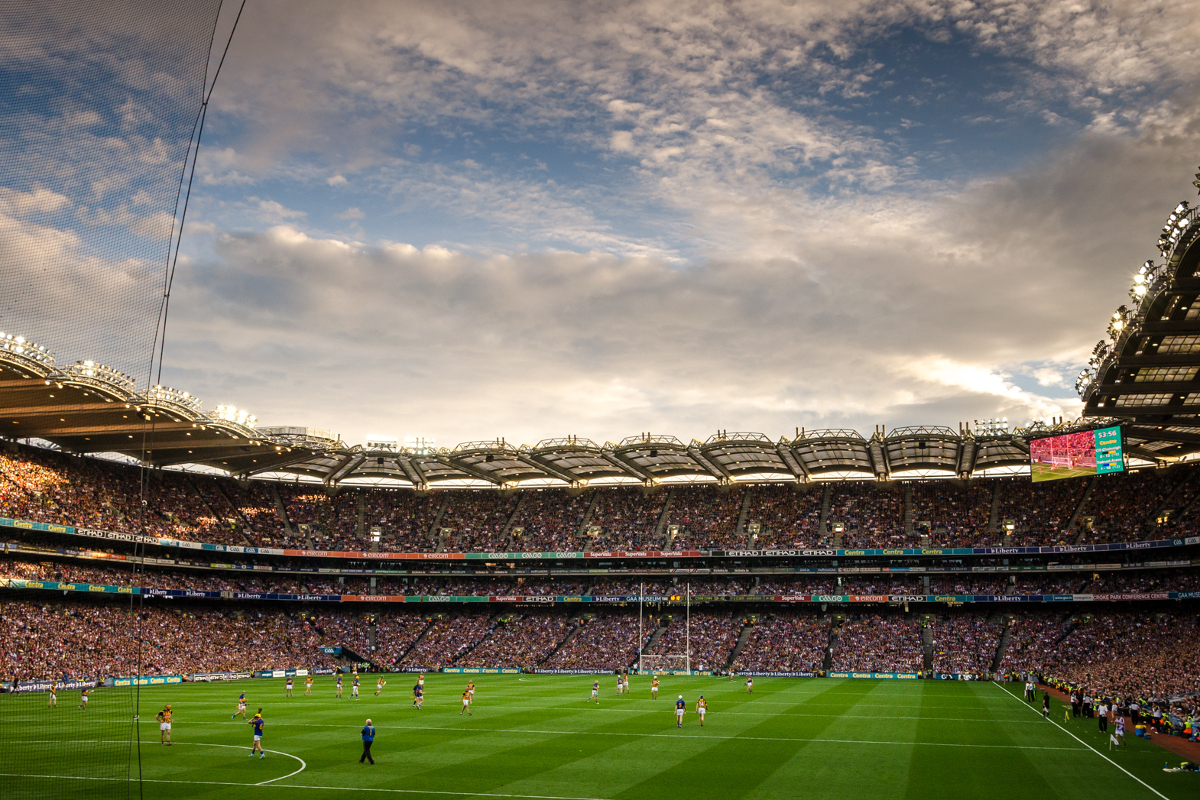
Also north of the centre, Croke Park is the iconic national stadium of Gaelic sports and, by extension, Irish nationalism. The stadium itself was the site of a massacre in 1920, known as Bloody Sunday (crokepark.ie). The museum is impressive, while the views over the city on a tour above the main stand are an undoubted highlight.
The birthplace of Dracula
Dublin’s history is not confined to the political. If you are lucky enough to be visiting Dublin in late October and have any interest in the macabre, the Bram Stoker Festival (bramstokerfestival.com) should not be missed, with day and evening events to celebrate the gothic author. Although he lived much of his life in England, the creator of Dracula was born and bred in the city.
If you can’t make the festival, you can still visit the crypt below the church of St Michan’s, which is said to have inspired the author’s dark masterpiece. He was regularly taken here as a child because his mother’s family burial plot lies in the church grounds. In the vaults, under thick layers of dust, you will find well-preserved mummified remains, including those of a 12th century crusader.
Take a tour
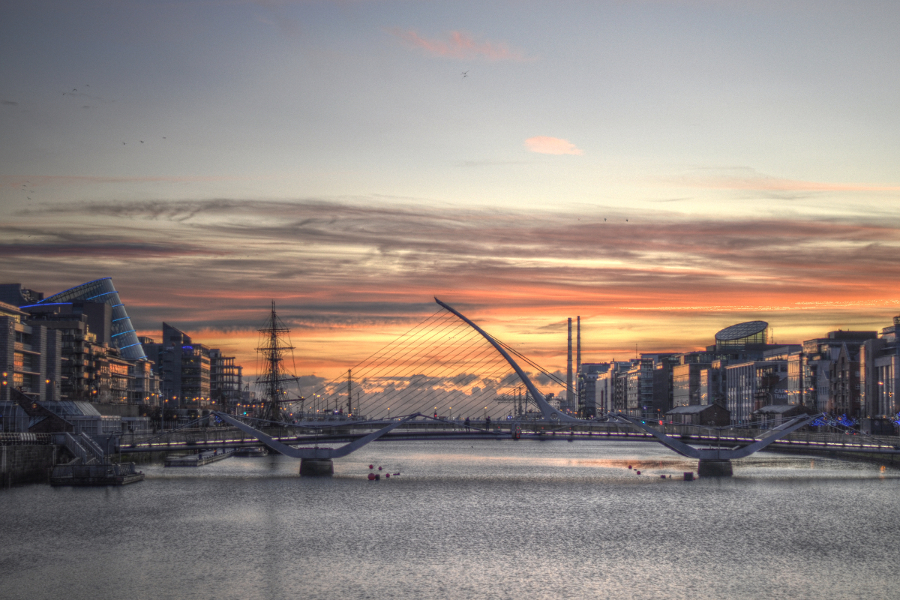
Dublin’s rich historical diversity is covered on numerous tours. These include a Ghost Bus tour that seems so much more atmospheric on dark nights, an excellent 1916 rebellion walking tour and the Dublin Literary Pub Crawl. This hardy staple combines a mixture of history, satire and the depictions of the city through the eyes of some of its world-famous wordsmiths.
Dublin’s pubs
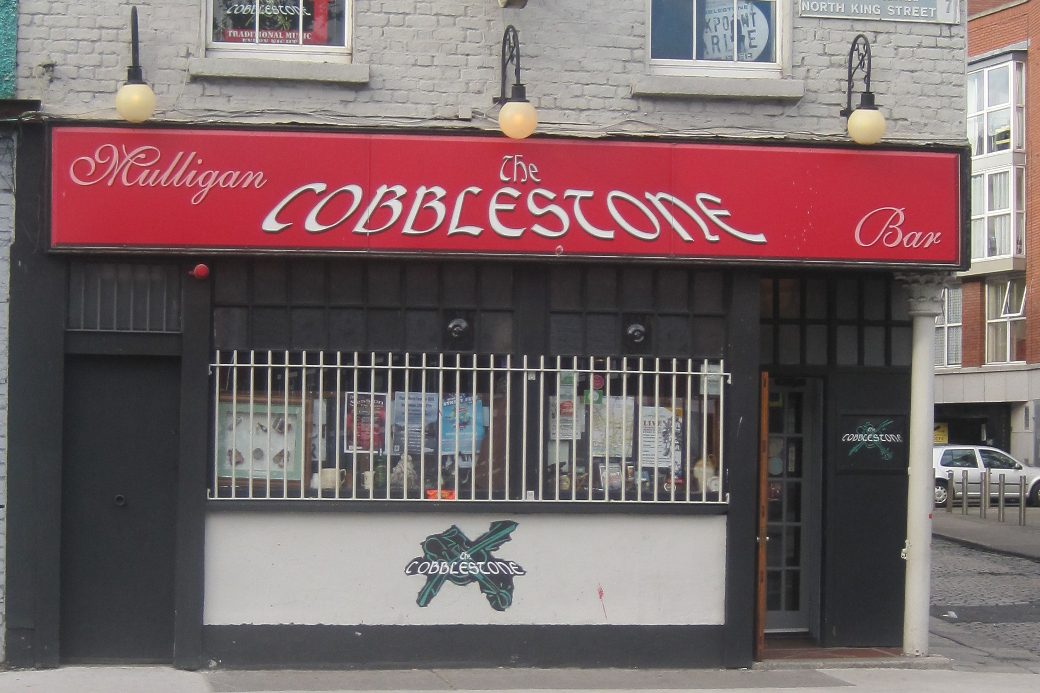
Leopold Bloom, the main character in James Joyce’s Ulysses, once mused that it would be a good puzzle to cross Dublin without passing a pub. The obvious answer is: why would you bother?
In many ways, Dublin pubs link the past with the present. Step behind the brass handles and frosted windows into a world where locals socialise in much the same way as their ancestors did centuries before them. In the best of them, you will hear laughter, the buzz of conversation and, if you’re lucky and you know where to go, traditional music and song.
Near St Michan’s in the Smithfield area stands The Cobblestone, where the corner benches are reserved for musicians. The pub is also notable for its array of craft beers: Guinness may still be rightly synonymous with Dublin but a growing number of boutique breweries around the country are increasingly making their mark.
The popularity of Irish whiskey is also soaring across the globe. The Teeling Distillery (teelingwhiskey.com), the only working distillery in the capital, opened its doors in 2015 and offers tours and tastings.
Traditional food
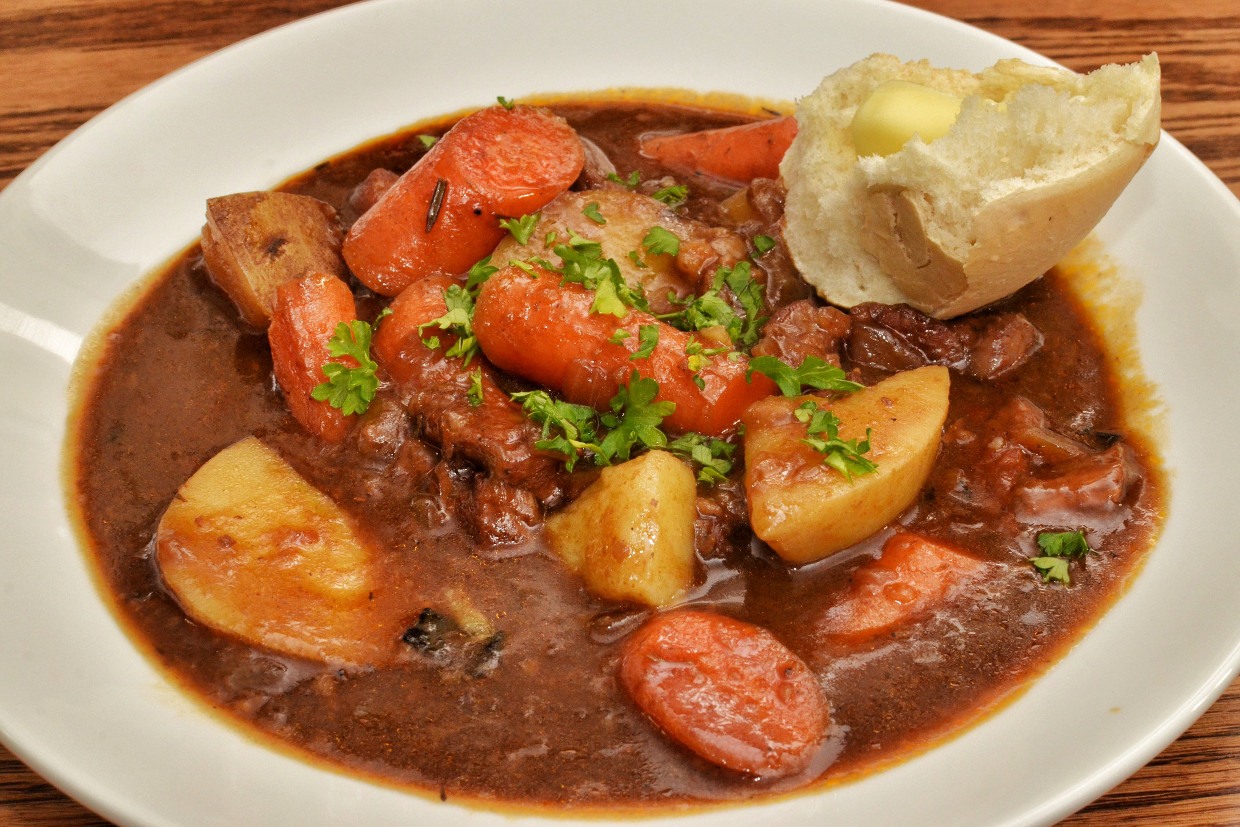
Few visitors to the city will manage to visit Dublin without at least passing through the cobbled streets of Temple Bar, the city’s tourist hub. Dublin is now a multicultural city and there's a wide choice of ethnic restaurants, but traditional cuisine isn’t all boiled bacon and cabbage. For an authentic and tasty tryst with Irish food, Gallagher’s Boxty House (boxtyhouse.ie) offers dishes including a trio of lamb and turf-smoked salmon. If it’s a dry evening, venture up to Leo Burdock’s famed fish and chip shop, grab a bench overlooking Christchurch Cathedral and experience both a little bit of heaven wrapped in paper and a deeper appreciation of the wonderful city in which you find yourself.